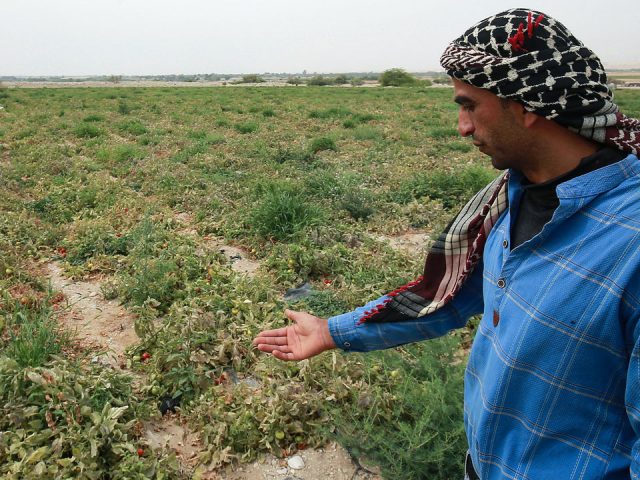Africa’s drylands are the birthplace of some of the world’s most extraordinary civilisations and species, from ancient kingdoms to wild elephants to “miracle grains” like millet and sorghum — but climate change has not been kind to these landscapes.
Early next month, Global Landscapes Forum (GLF) will host the first-ever digital conference focused entirely on Africa’s drylands and how integrative restoration practices can see them flourish once again.
The forum is known as GLF Africa: Restoring Africa’s Drylands will be held before the official launch of the United Nations decade on Ecosystem Restoration, which runs from 2021 to 2030.
The conference will focus entirely on Africa’s drylands and how integrative restoration practices can see them flourish.
Participants expected are practitioners, farmer organisations, indigenous peoples, community leaders, researchers, policymakers, financial investors, the private sector, civil society organisations, youth groups, activists, conservation and development organisations, among others, who are actively engaged in, interested in, and dedicated to the scaling of, dryland restoration in Africa.
The event will also be used to unlock a $100 billion funds for restoring Africa’s landscapes. 2030 is a big year for Africa: By then, governments have committed to begin restoring more than 100 million hectares of degraded landscapes through the AFR100 initiative and the Great Green Wall.
Growing trees, revitalising grasslands, planting mangroves, and a host of other techniques would provide a future that is more food-, water and energy-secure. It would also be a major financial boon for rural communities: For every $1 invested in restoring land, people can see $7-30 in economic benefits. At a minimum, investing $100 billion across 100 million restored hectares could add more than $700 billion of value.
Galvanised by that opportunity and successful projects from past decades, investors recently committed more than $14 billion for implementing the Great Green Wall over the next five years.
And last year, corporations announced that they would invest in protecting, growing, and restoring one trillion trees around the world as part of their plan to reach net-zero emissions by 2050.
But over the past decade, only a small fraction of the billions of dollars already earmarked for restoration have been directly invested in the governments, tree-growing organisations, and companies with the necessary long-term vision, local roots and technical expertise.
How can we ensure that this new funding flows directly to land restoration programmes? What help and tools do project leaders need? What assurance do corporate and philanthropic funders need to open the spigot and invest? And what past experiences from other fields could we investigate?
Vice President and Regional Director for Africa at World Resources Institute (WRI), Wanjira Mathai, and partners from the civil society, government, philanthropic, and corporate worlds for a frank discussion on one of the key questions for the UN Decade on Ecosystem Restoration.
Kindly share:

